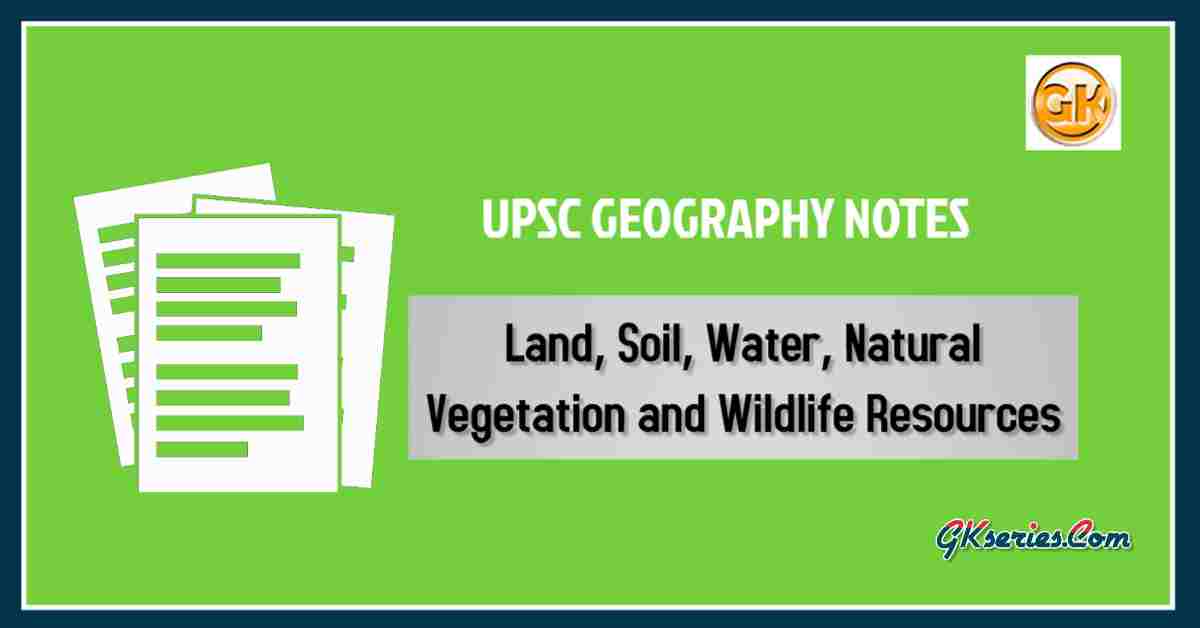
Vegetation is the foremost important component of the ecosystem. The growth of vegetation depends on temperature and moisture. These are major necessities for the development of plants.
Any deviation from this will be harmful to the growth of plants. Vegetation holds a significant position in ecological succession. If vegetation is destroyed, it can’t be reproduced without soil ,light ,air and water supply. Vegetation helps in conserving the water supply which helps in atmospheric cooling .
Forests are associated with areas having abundant water supply. These areas have heavy rainfall and huge trees.
Grasslands are areas having short stunted trees and grasses grow in the regions of moderate rainfall. As the amount of moisture decreases the size of trees and their density reduces.
Thorny shrubs and scrubs grow in dry areas of low rainfall. The plants of this region have deep roots and leaves with thorny and waxy surface that helps reduce loss of moisture through transpiration.
Tundra vegetation of cold Polar Regions comprise of mosses and lichens. Evergreen and deciduous are the types of forests depending upon when they shed their leaves.
Trees of evergreen forests do not shed their leaves simultaneously in any season of the year.
Deciduous forests shed their leaves in a particular season to conserve loss of moisture through transpiration.


